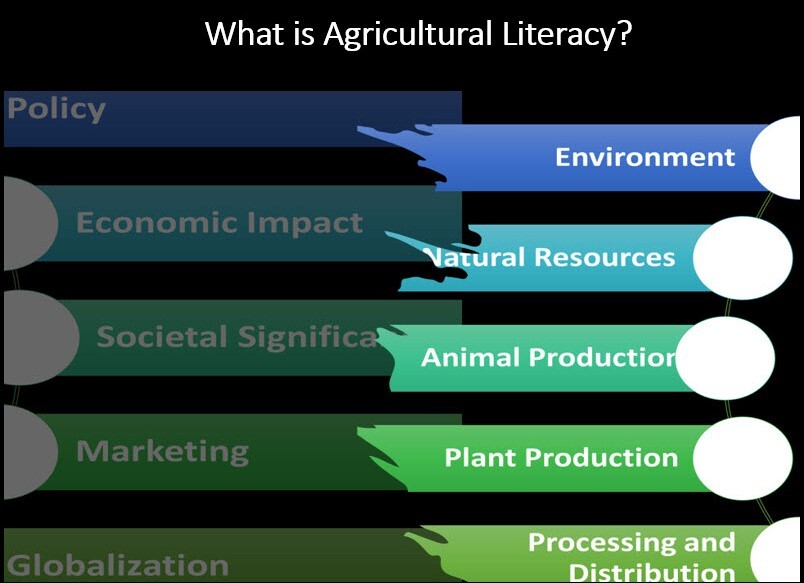 Figure 1. Describing the eleven components of agricultural literacy as reported by Frick et al. (1991).
Alternative Farming Systems Information Center (AFSIC)
October 2023
Literate (adjective) – ability to read and write.
Literacy (noun) – the understanding and information gained from being educated.
October is National Information Literacy Month! Information literacy forms the basis of lifelong self-directed learning by understanding how to identify, locate, and verify subject-specific content. The National Research Council defines an agriculturally literate person as one who understands, "the food and fiber system, and this would include its history and its current economic, social and environmental significance to all Americans."
Despite access to information resources worldwide, research has reported a significant gap in the components of agricultural literacy (Figure 1). With only 1.3% of the American population directly engaged in agriculture, this knowledge gap is predicted to widen as society becomes even further removed from agriculture.
Encouraging the growth of agricultural literacy will help ensure a brighter future for all of us. This effort, however, requires locating and sharing credible information, trusted resources, and unbiased scientific research. As one of the world’s largest repositories of agricultural information, published science, and data, the USDA’s National Agricultural Library serves a key role in fostering a culture of improved agricultural literacy.
Visit the Alternative Farming Systems Information Center (AFSIC) to learn about ongoing federal research, specialized funding opportunities for farmers and producers, and more. Expand your knowledge on an unfamiliar component of agriculture or browse related topics such as the following:

Frick, M. J., Kahler, A. A., & Miller, W. W. (1991). A definition and the concepts of agricultural literacy. Journal of Agriculture Education, 32(2), 49-57.
Meischen, D. L., & Trexler, C. J. (2003). Rural elementary students' understandings of science and agricultural education benchmarks related to meat and livestock. Journal of Agricultural Education, 44(1), 43-55.
National Research Council. (1988). Understanding Agriculture: New Directions for Education. National Academy Press, 2101 Constitution Avenue, N.W., Washington, DC.
Explore Other Library Tools at NAL
Start with the following online library resources:
|